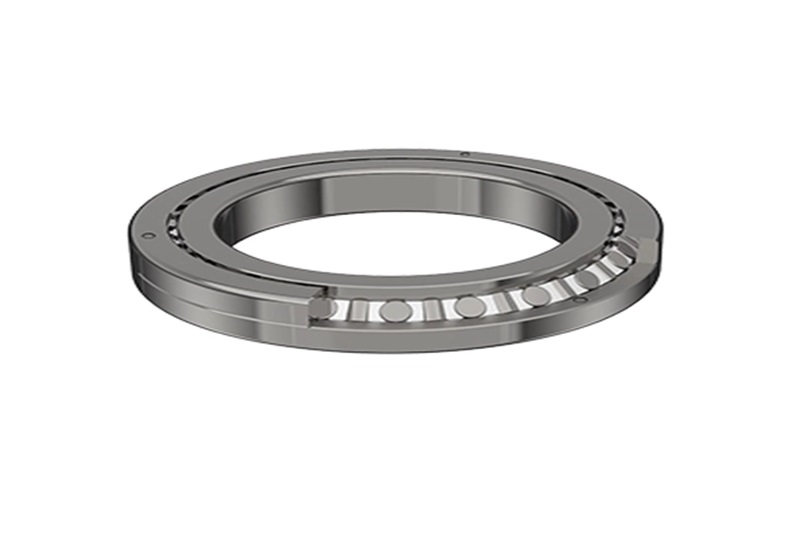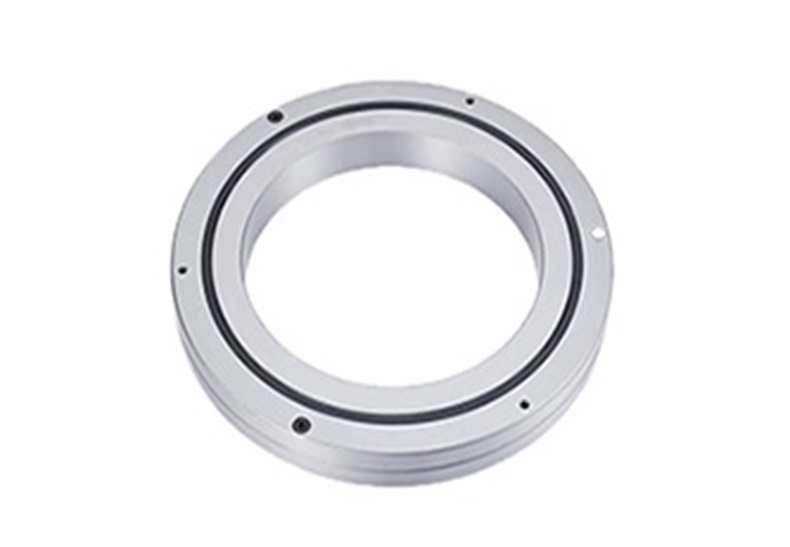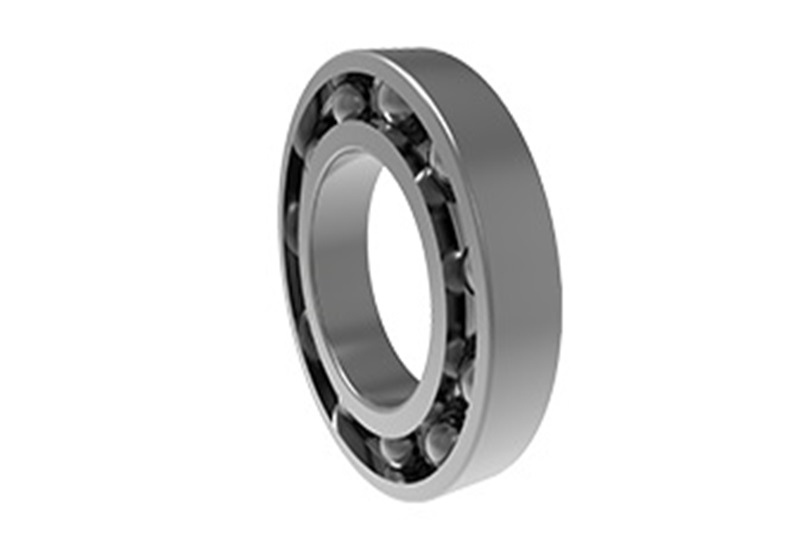What Are The Methods of Cross Roller Bearing Fault Diagnosis?
In modern industry, cross roller bearings, with their high rigidity, high precision, and high load capacity, have become indispensable key components in mechanical systems. However, like any precision equipment,cross roller bearings may also encounter failures. Understanding how to diagnose these failures is crucial for ensuring the normal operation of equipment and extending its service life. This article will explore the methods of cross roller bearing failure diagnosis to help engineers and technicians quickly identify problems and take appropriate maintenance measures.
The Methods of Cross Roller Bearing Fault Diagnosis
Visual Inspection
Visual inspection is an important step in cross roller bearing fault diagnosis. During the inspection, attention should be paid to whether the bearing's rolling elements, raceways, and cages have wear, cracks, or deformation. In addition, check whether the bearing housing and related components show signs of damage or corrosion. This step is simple but crucial, as it can quickly identify obvious physical damage.
Vibration Analysis
Vibration analysis is a diagnostic technique that can capture the subtle changes in bearing operation. By using vibration analysis instruments, one can monitor the vibration frequency and amplitude of the bearing and analyze the data to identify issues such as imbalance, misalignment, or bearing damage. Regular vibration analysis helps predict failures and achieve preventive maintenance.
Temperature Monitoring
An abnormal rise in bearing temperature usually indicates a problem. Using temperature sensors or infrared thermography can monitor real-time temperature changes of the bearing. The rise in bearing temperature may be caused by overload, poor lubrication, or internal bearing damage. Temperature monitoring provides intuitive data support for fault diagnosis.
Sound Detection
When bearings operate normally, the sound they emit is smooth and continuous. By using stethoscopes or acoustic analysis instruments, technicians can detect the sounds generated during bearing operation. Abnormal noises, such as sharp squeals, metal knocking sounds, or friction sounds, usually indicate bearing problems that require further inspection.
Lubrication Condition
Good lubrication is key to ensuring normal bearing operation. Check the viscosity, color, and cleanliness of the lubricating oil or grease to ensure its performance. Regularly replacing the lubricating oil or grease and cleaning the bearings can prevent failures caused by poor lubrication.
Performance Testing
Performance testing includes measuring the bearing's speed, load capacity, and operating accuracy. By comparing these with the performance parameters provided by the manufacturer, one can assess whether the actual performance of the bearing meets the requirements. Performance testing helps discover early wear or functional degradation of the bearings.
By combining the above diagnostic methods for comprehensive analysis, the cause of the failure can be more accurately determined. For instance, if both vibration analysis and sound detection show abnormalities, a more in-depth inspection or replacement of the bearing might be necessary.
Strategies for Regular Maintenance and Replacement of Cross Roller Bearings
Developing a scientific maintenance and replacement plan is crucial for extending the life of bearings. According to the bearing's operating environment, load conditions, and the manufacturer's recommendations, perform regular cleaning, inspection, lubrication, and replacement. This strategy helps reduce unexpected failures and ensures continuous operation of the equipment.
By studying historical failure cases, one can accumulate valuable experience and improve the accuracy and efficiency of fault diagnosis. Sharing successful and failed cases can help technicians learn and avoid repeating mistakes.
Besides failure diagnosis, preventive measures are equally important. Establishing strict operating procedures, regularly training technicians, and using high-quality bearings and components can reduce the likelihood of failures.
By using the above methods, one can effectively diagnose the failures of cross roller bearings, thereby reducing downtime and improving production efficiency. Regular inspection and maintenance are key to preventing failures, while quick and accurate fault diagnosis is crucial for solving issues. Remember, maintaining the good condition of cross roller bearings is the foundation for ensuring the stable operation of the entire mechanical system.














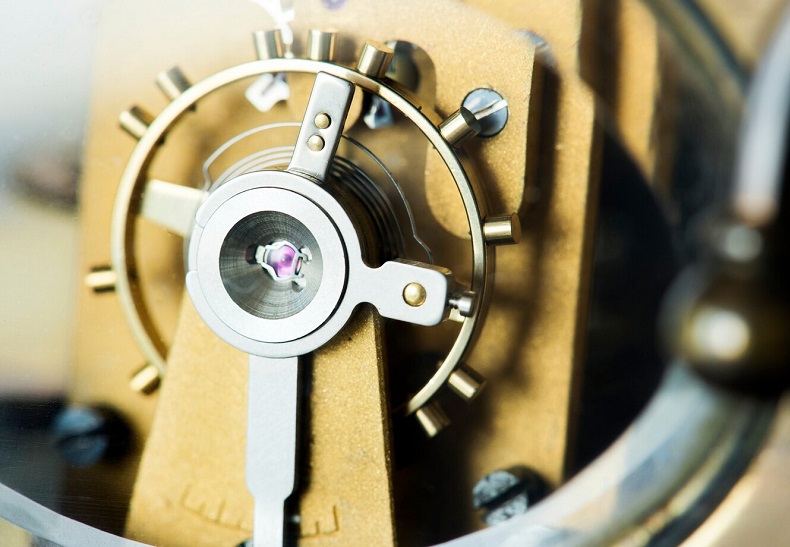
 English
English  français
français  Deutsch
Deutsch  italiano
italiano 



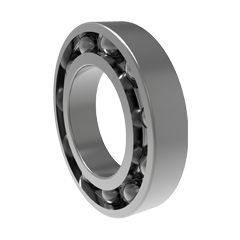
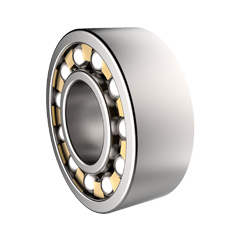
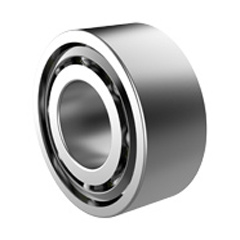
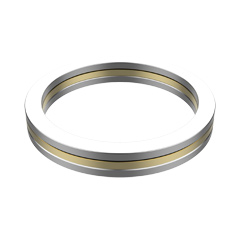
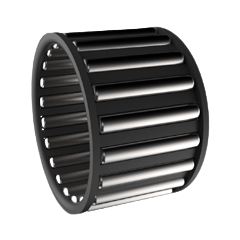
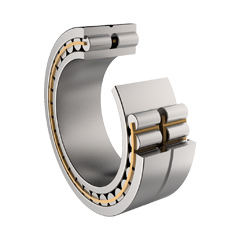
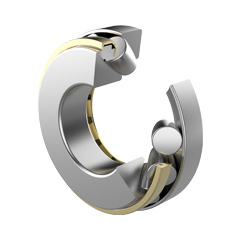
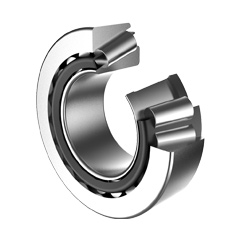
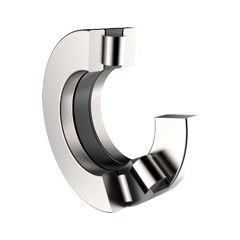
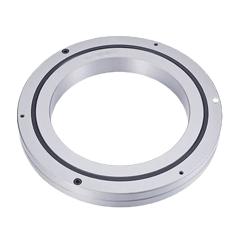
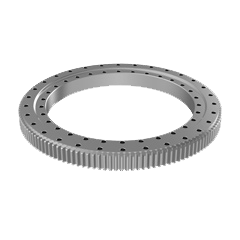

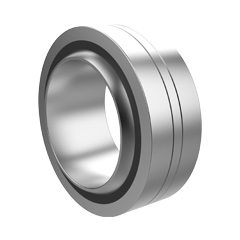

 English
English  français
français  Deutsch
Deutsch  italiano
italiano 

